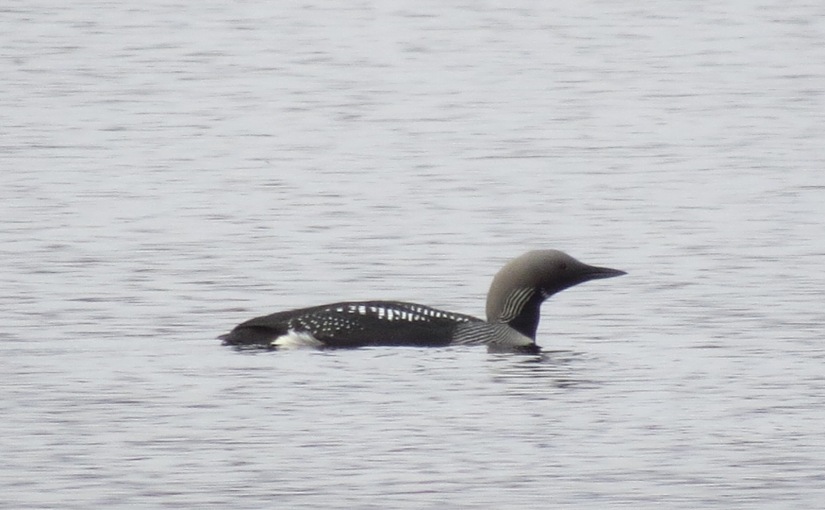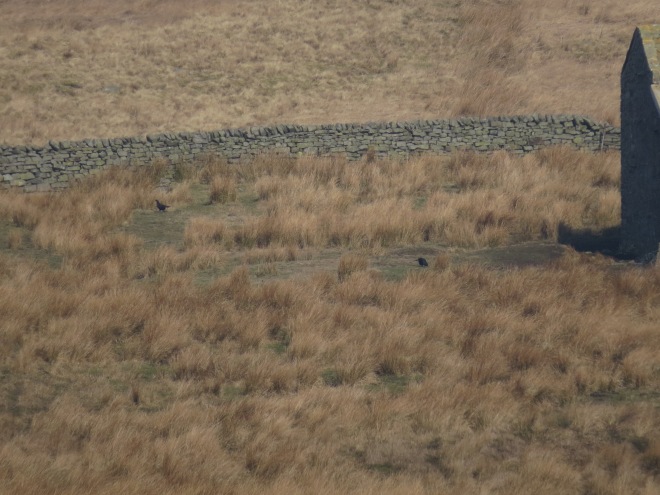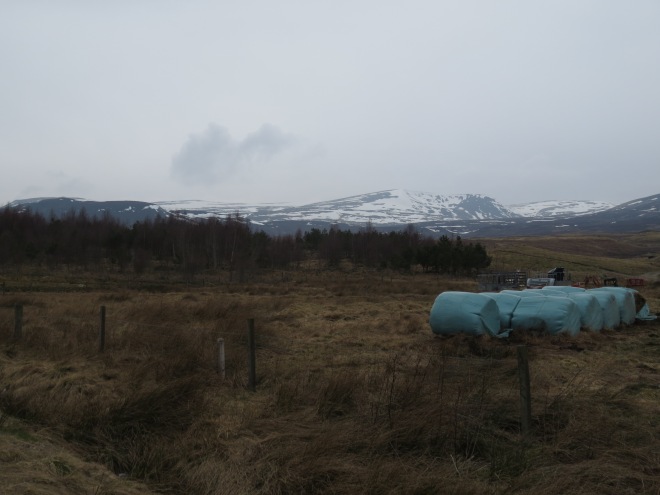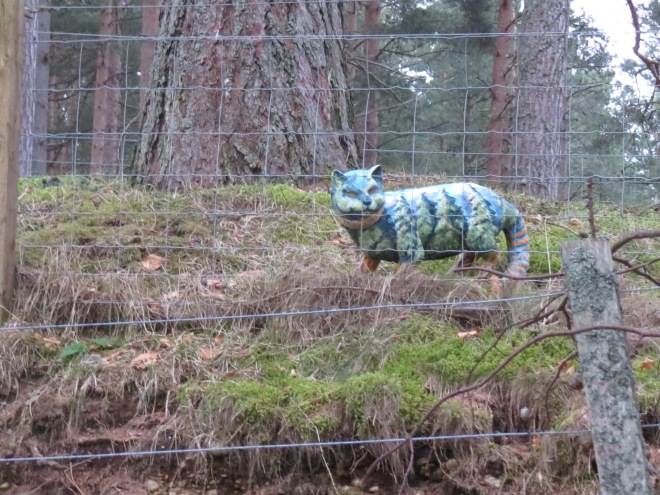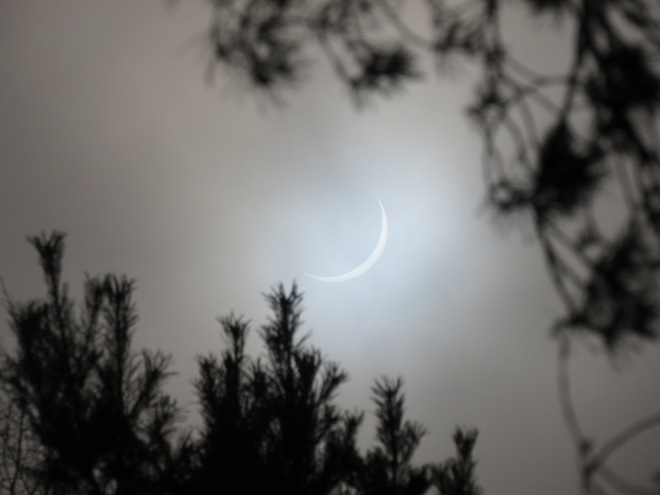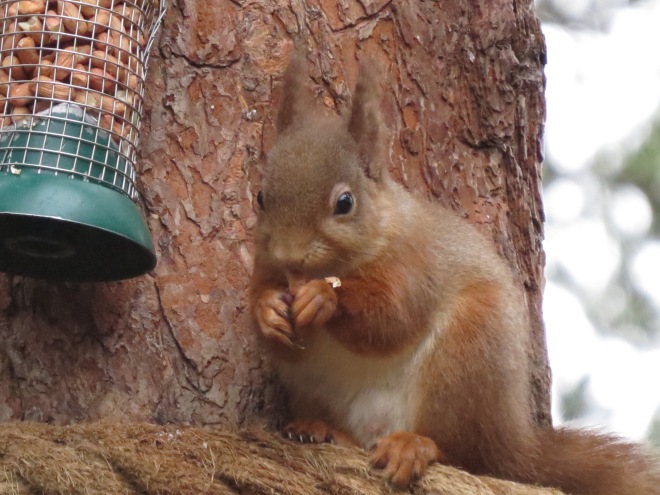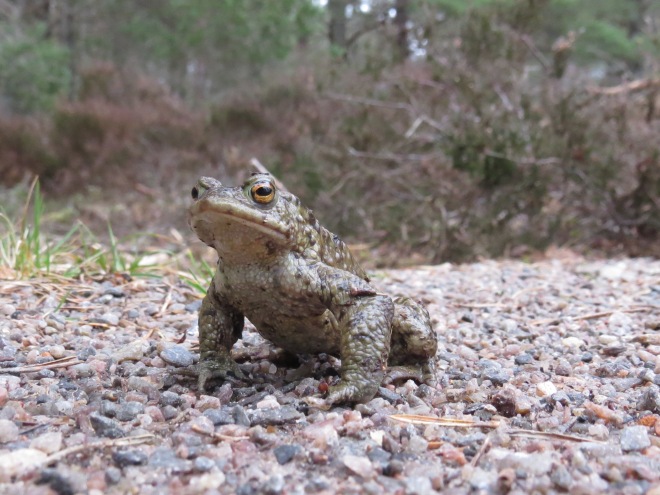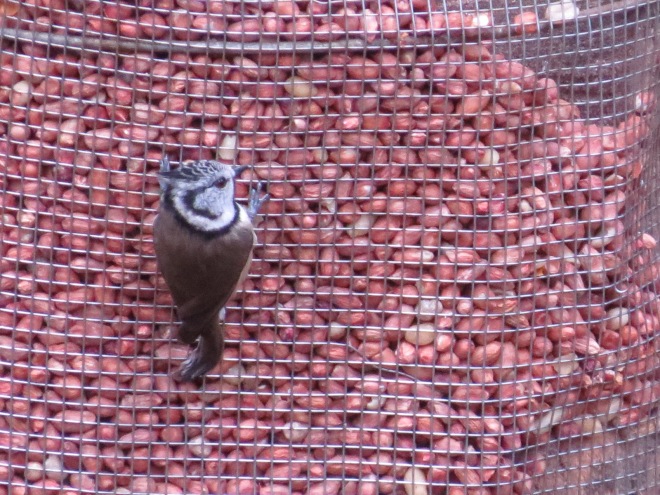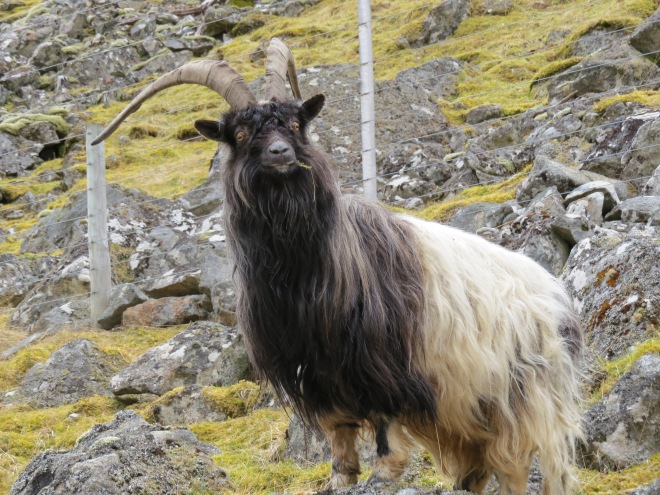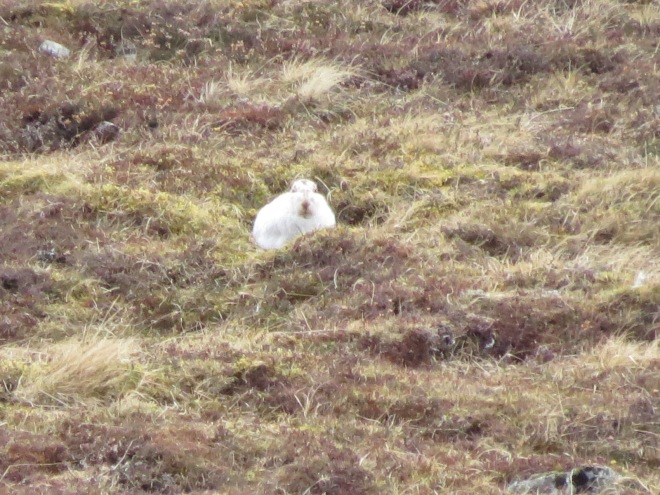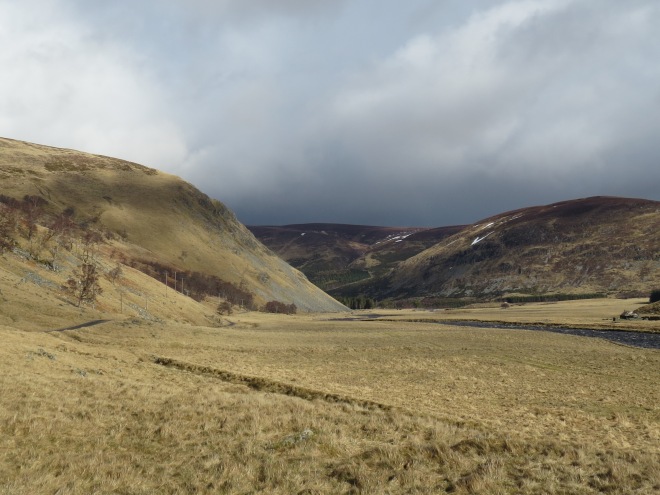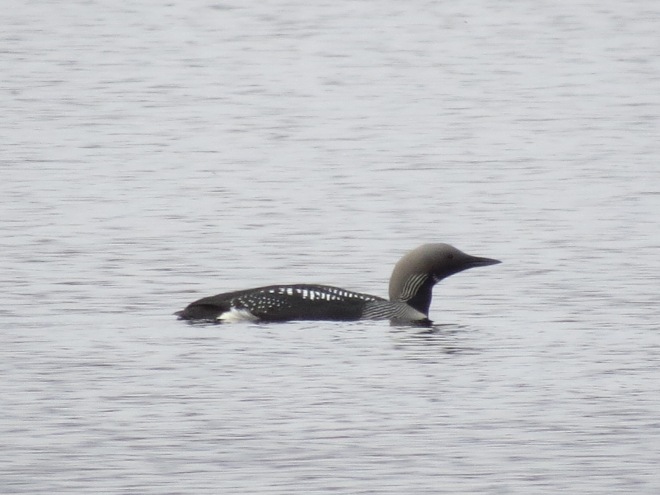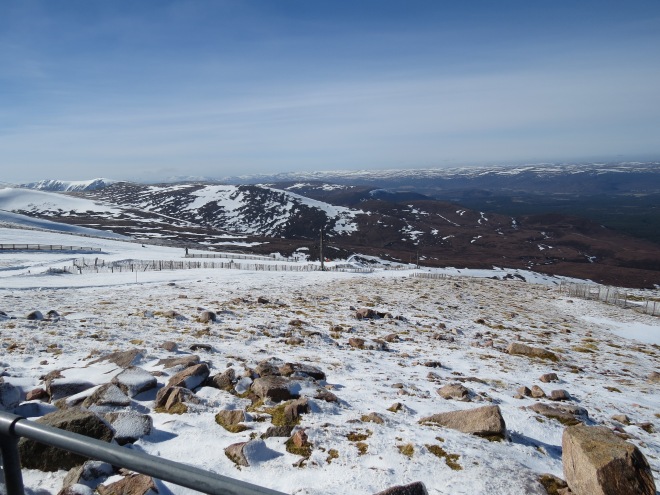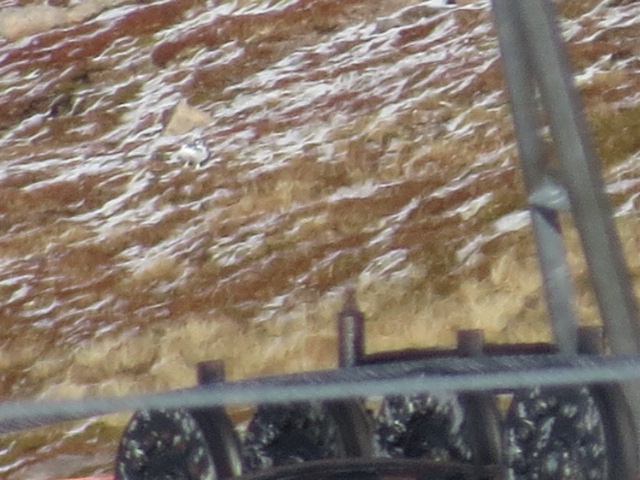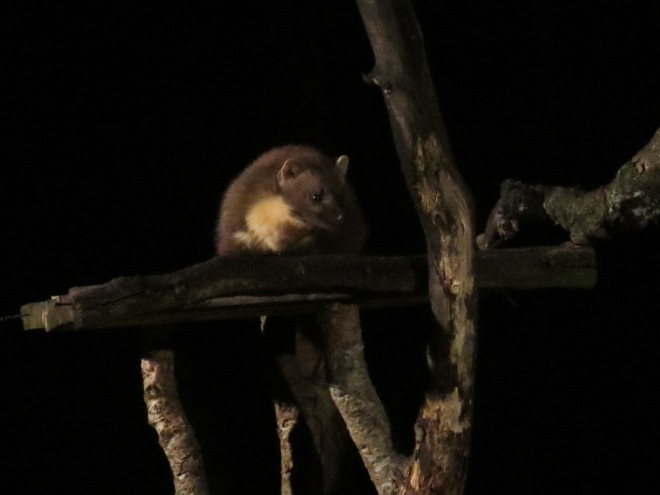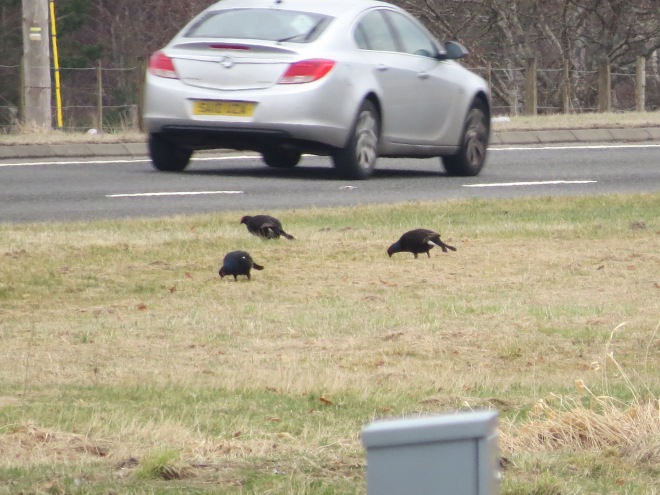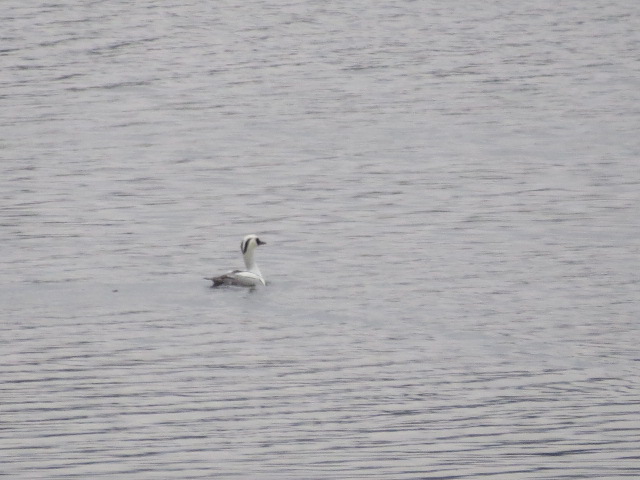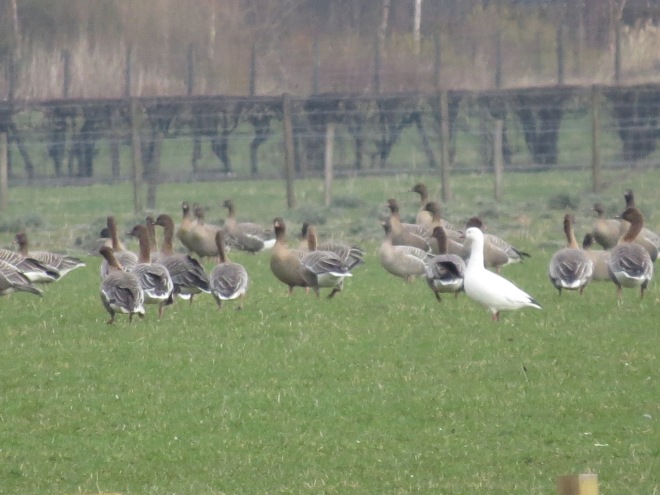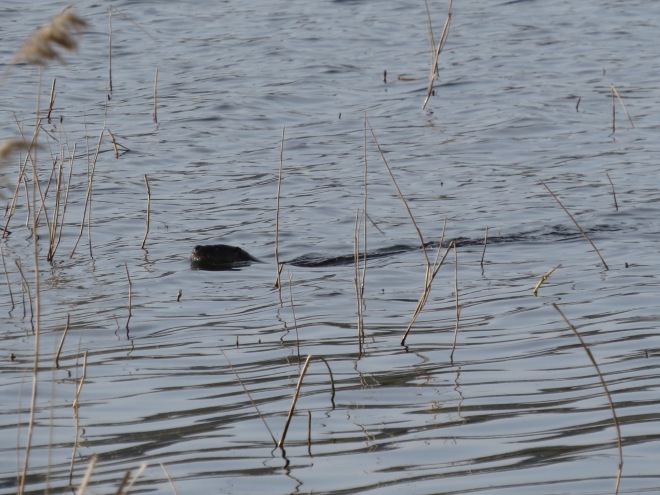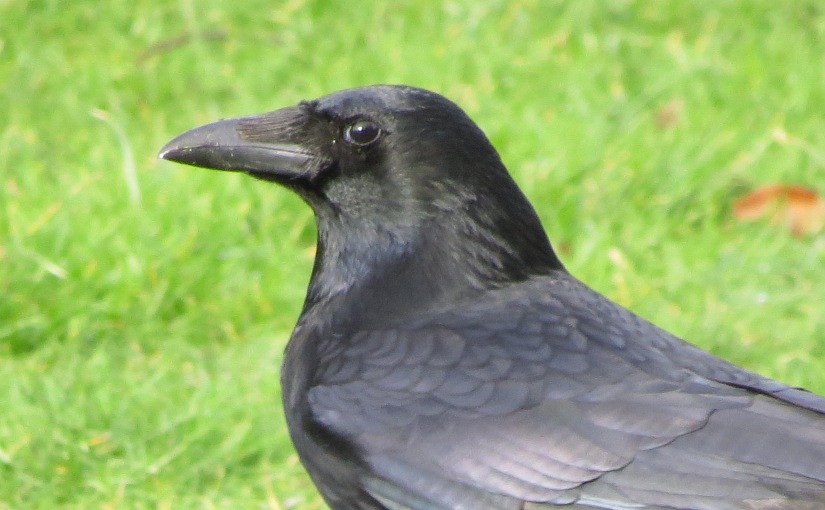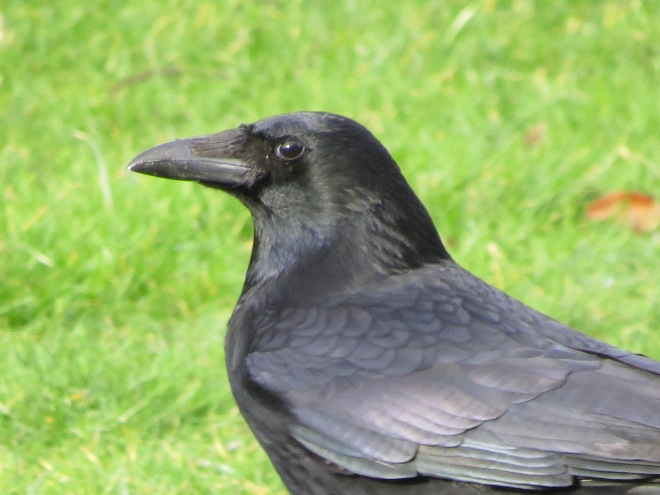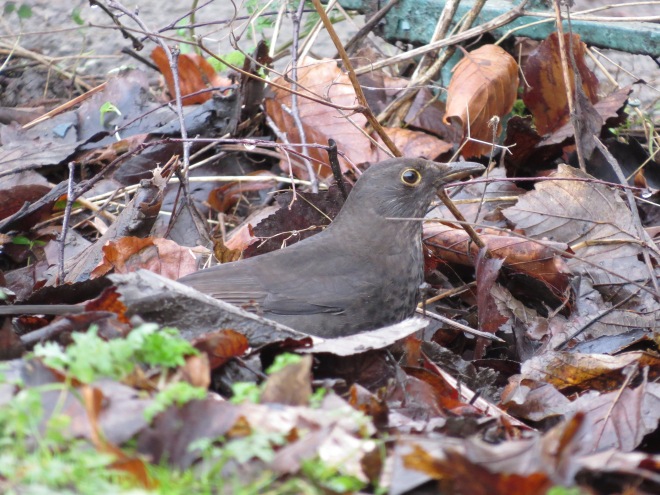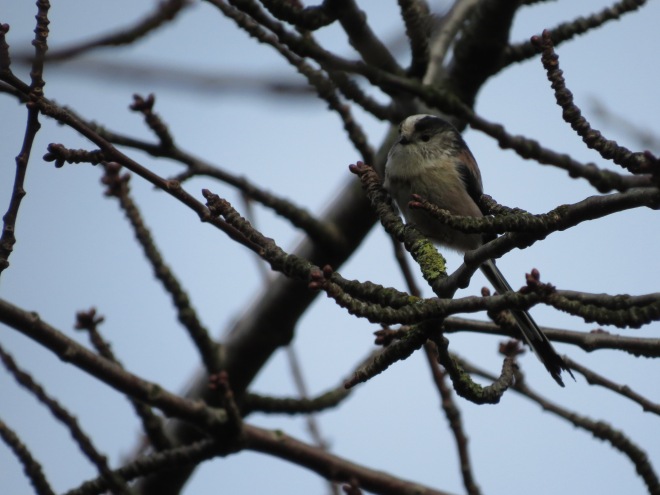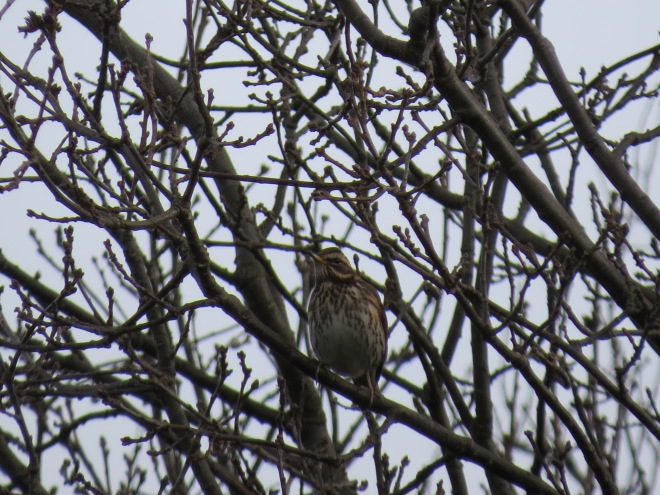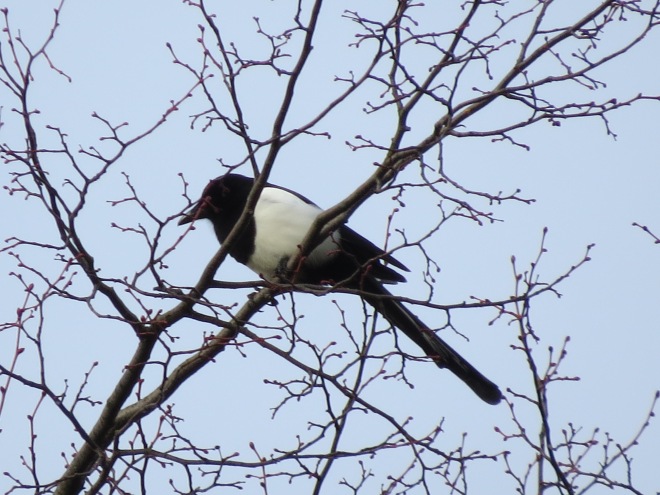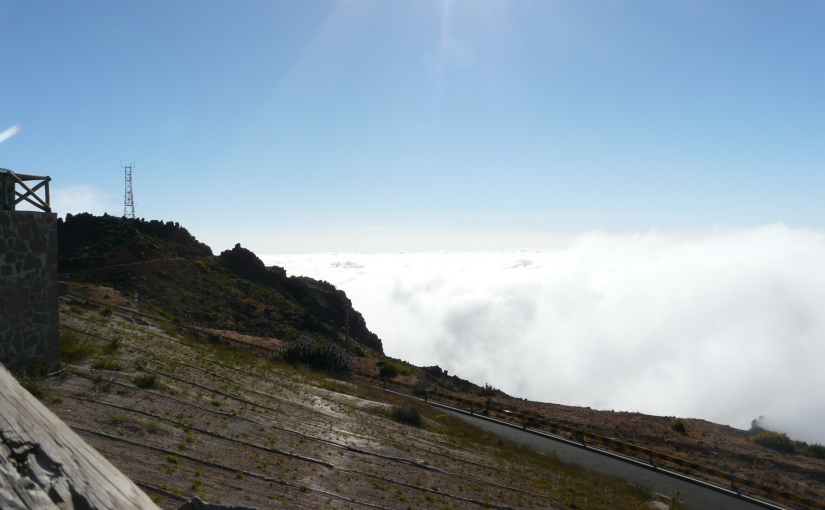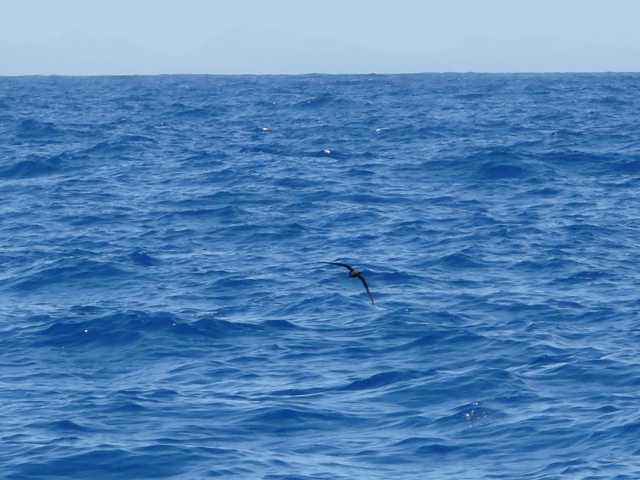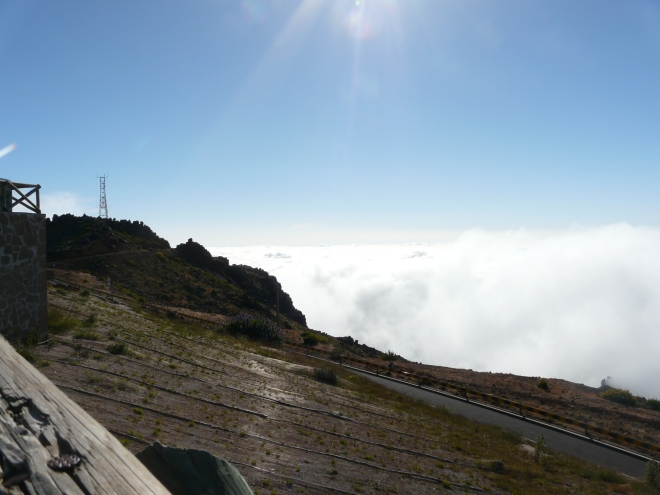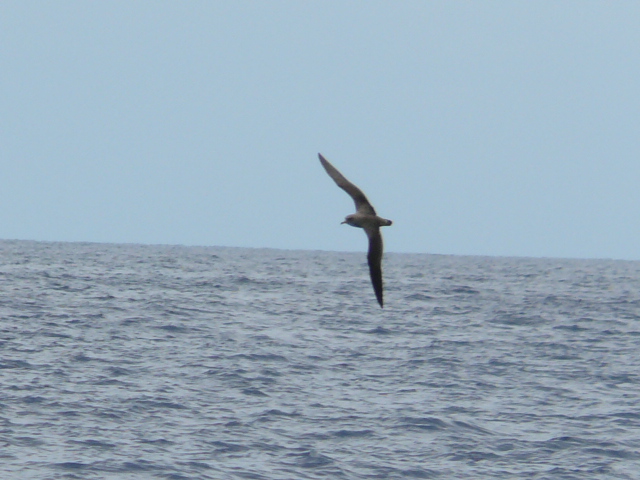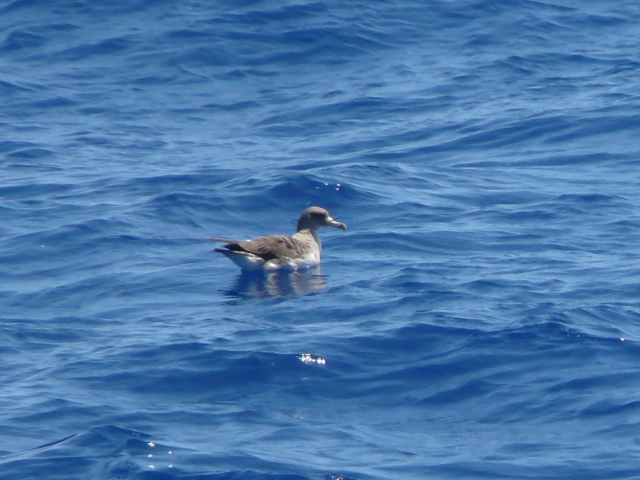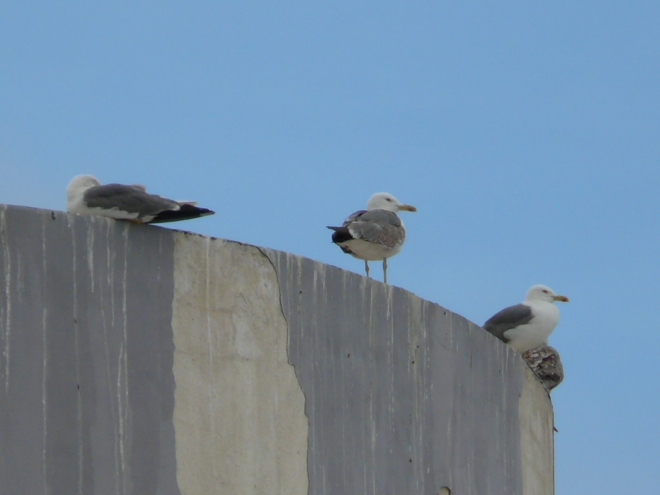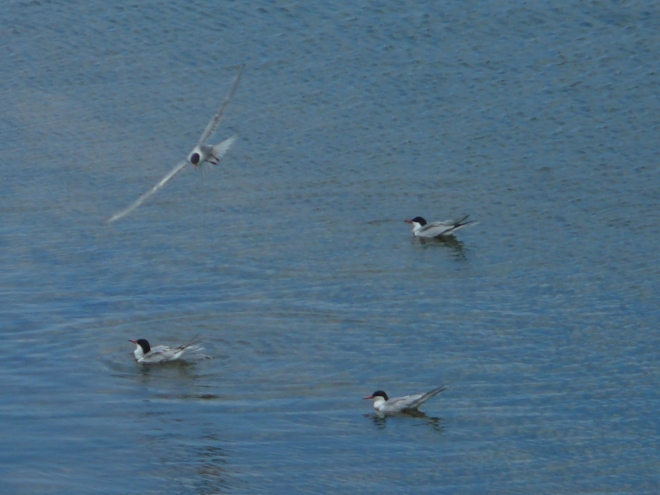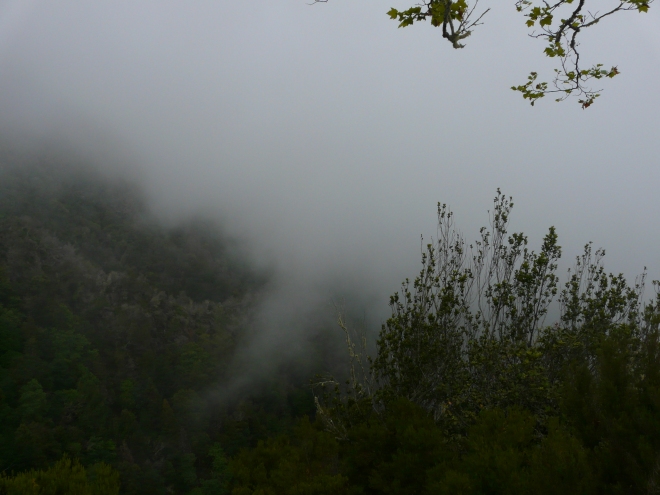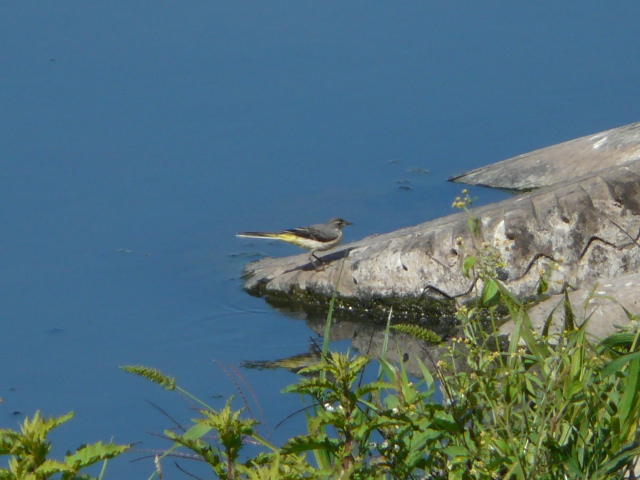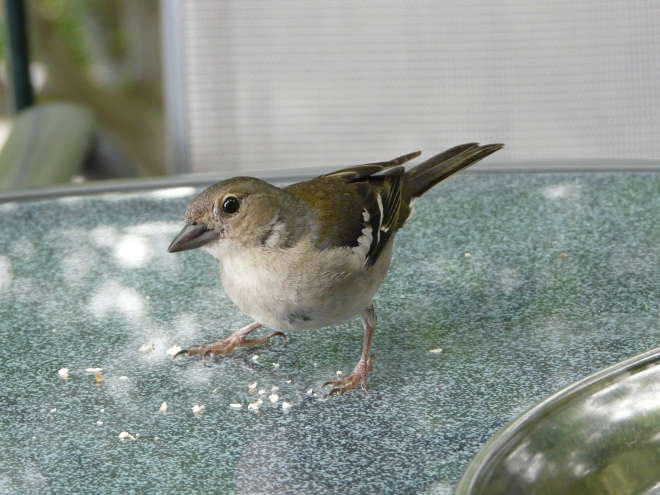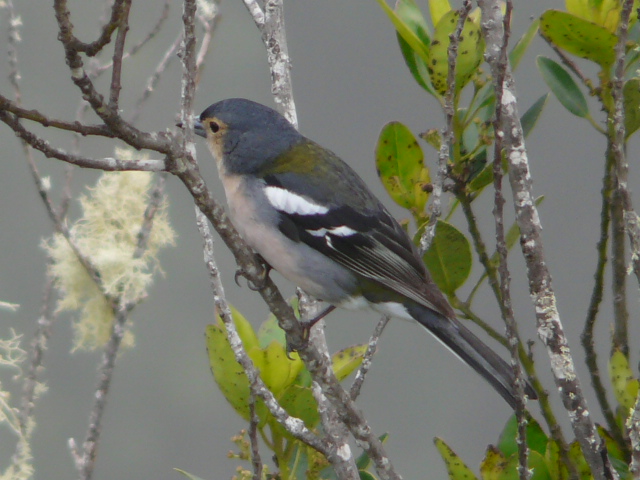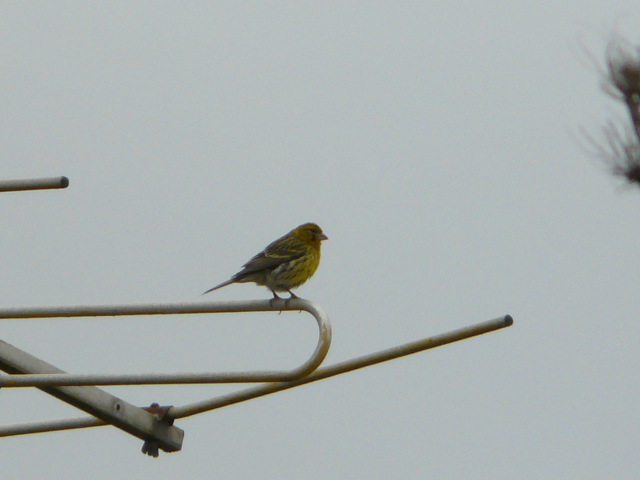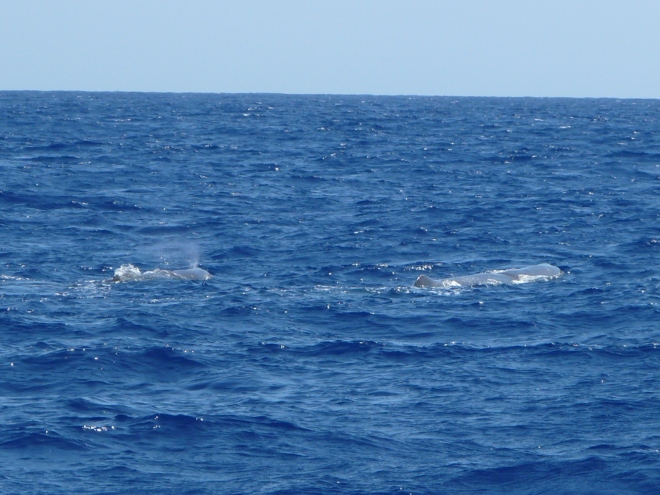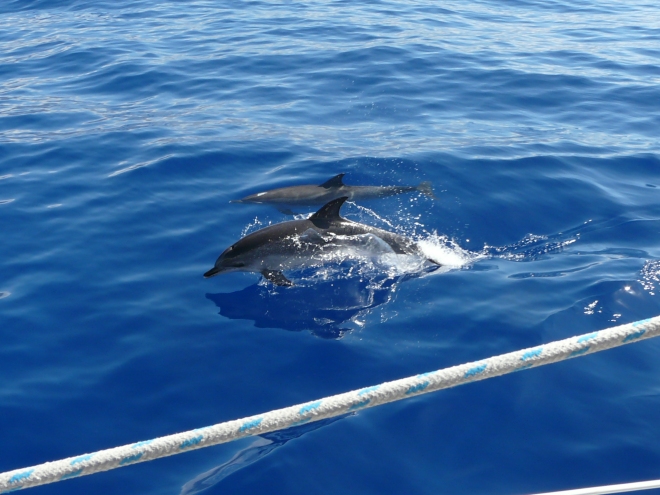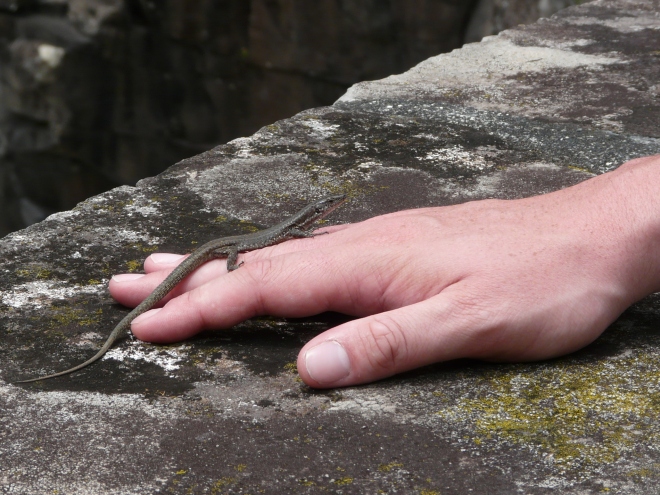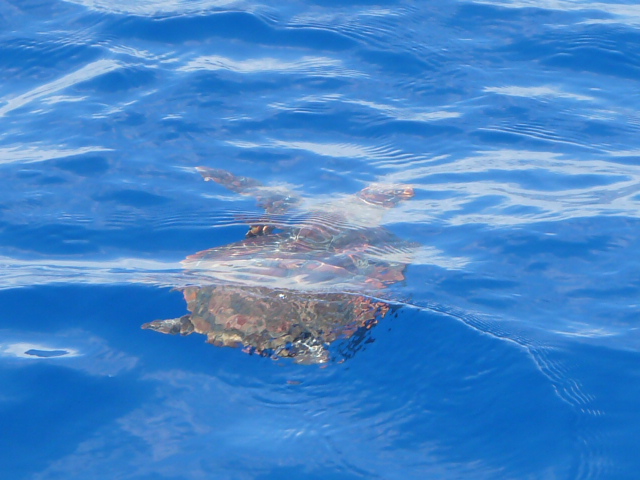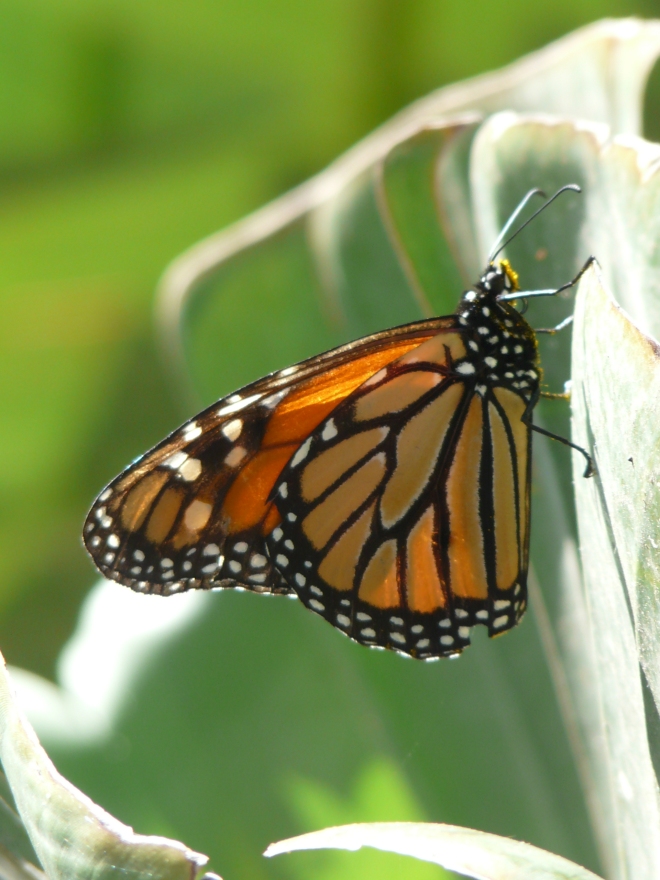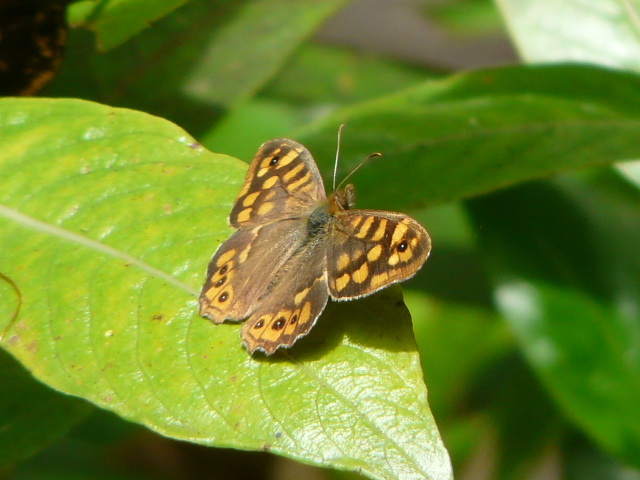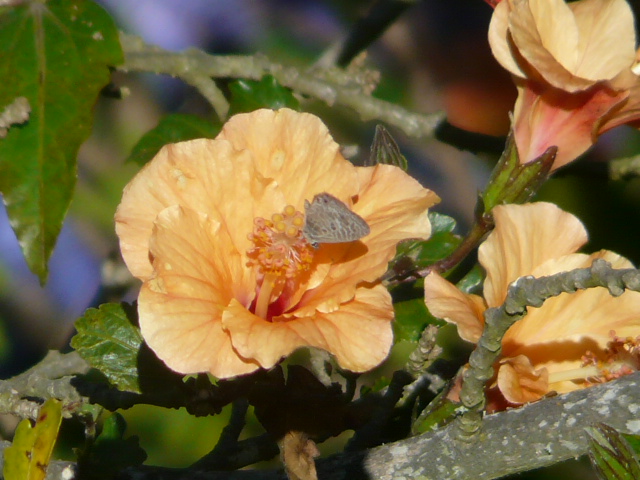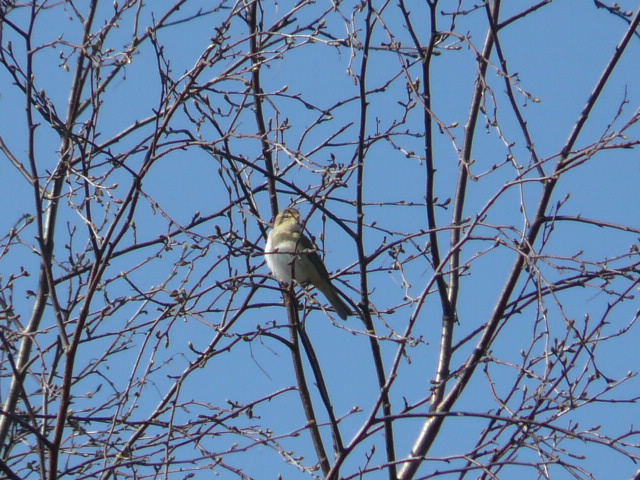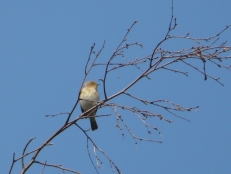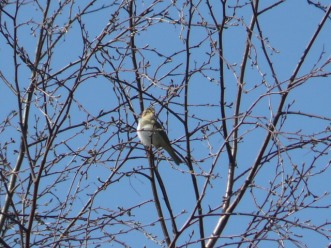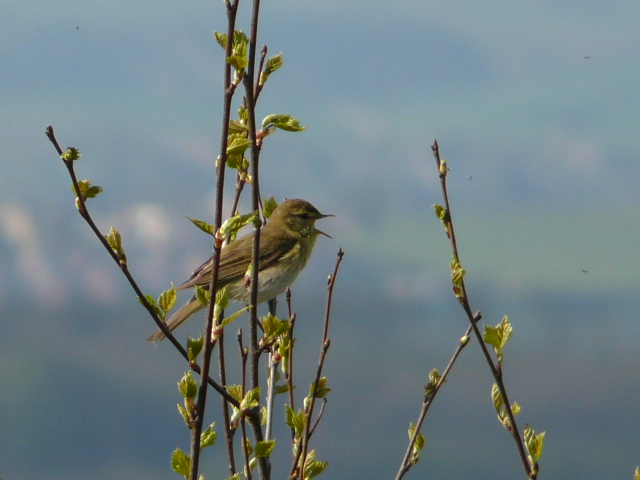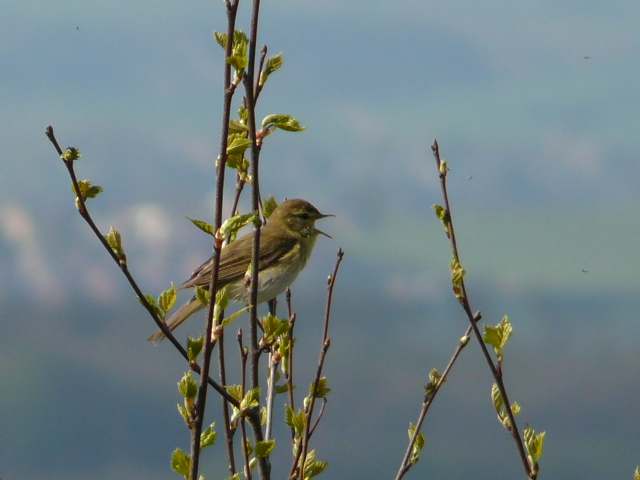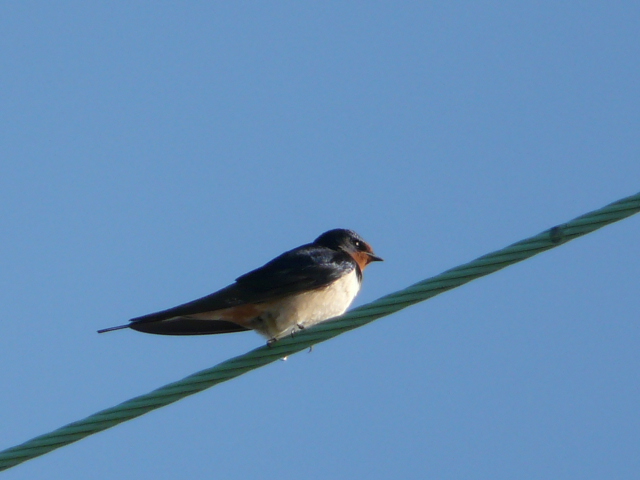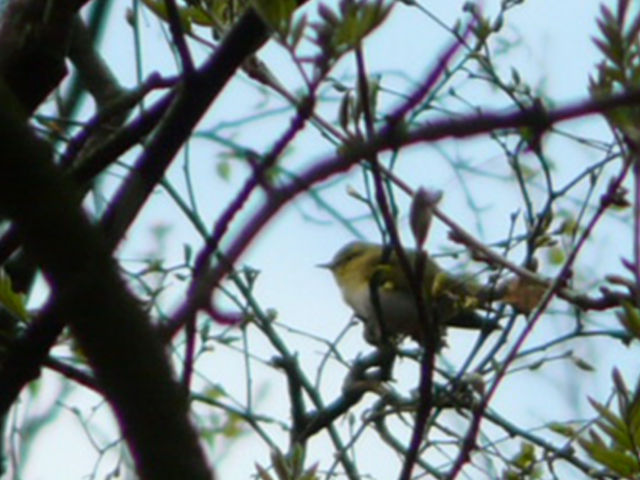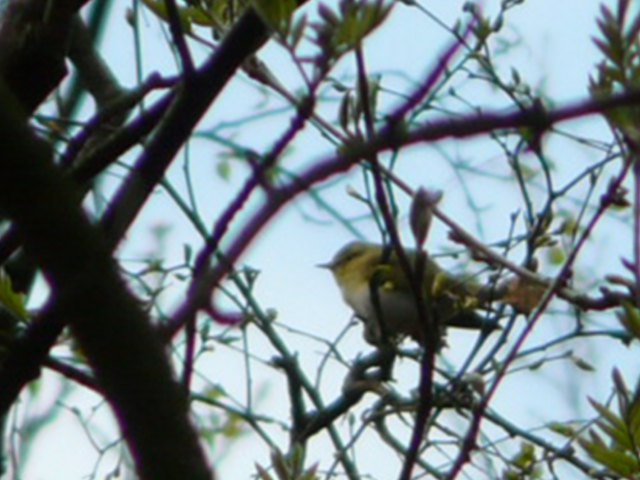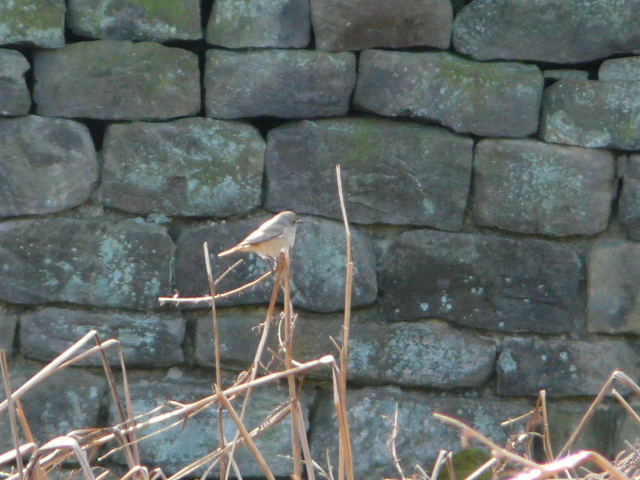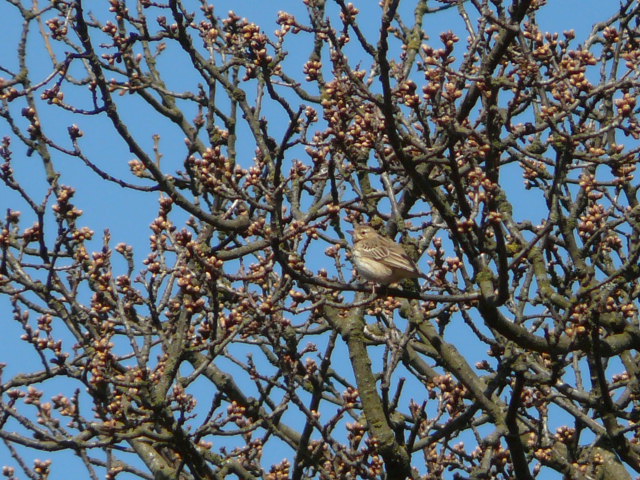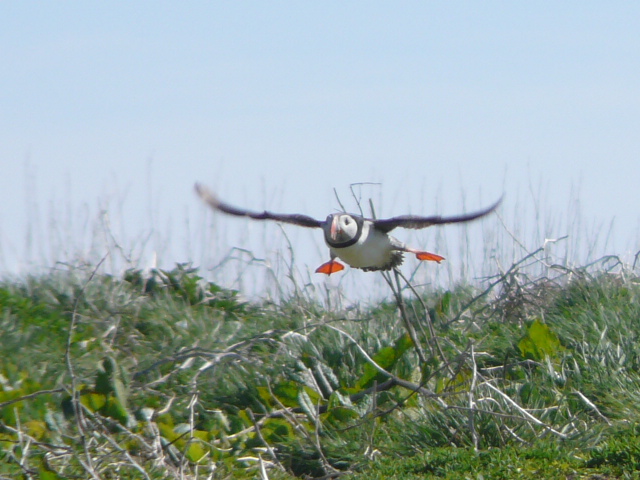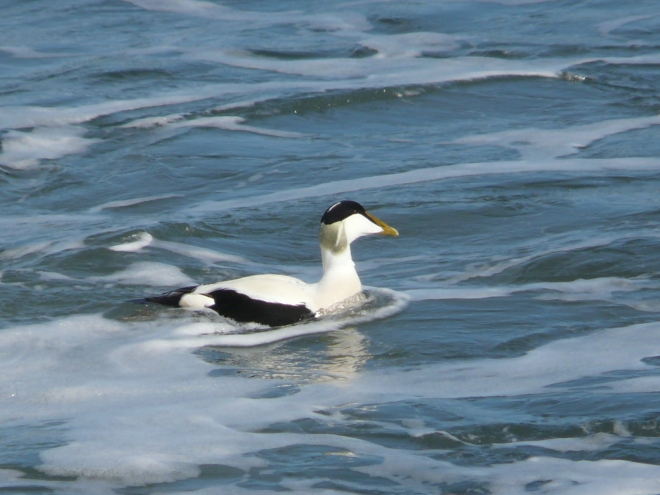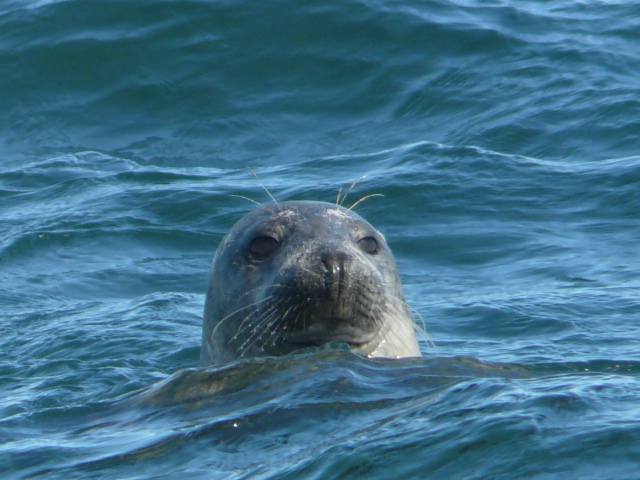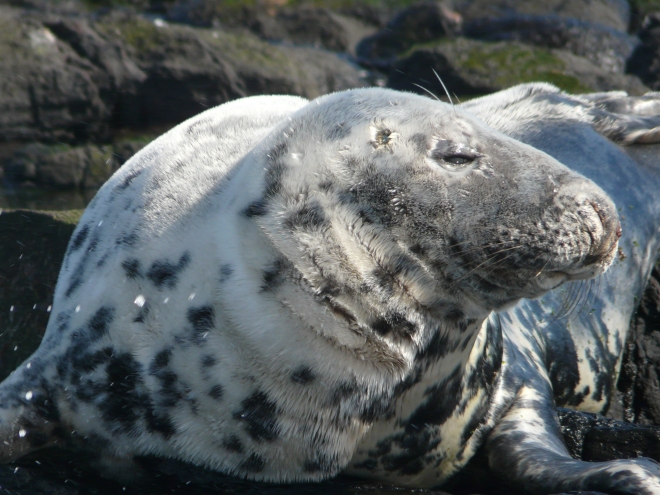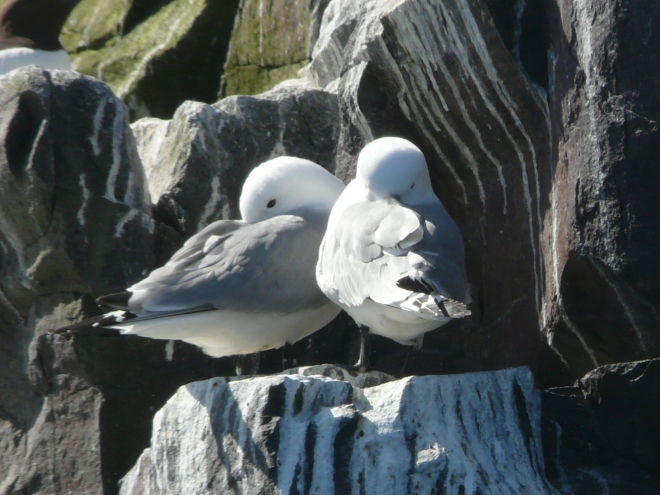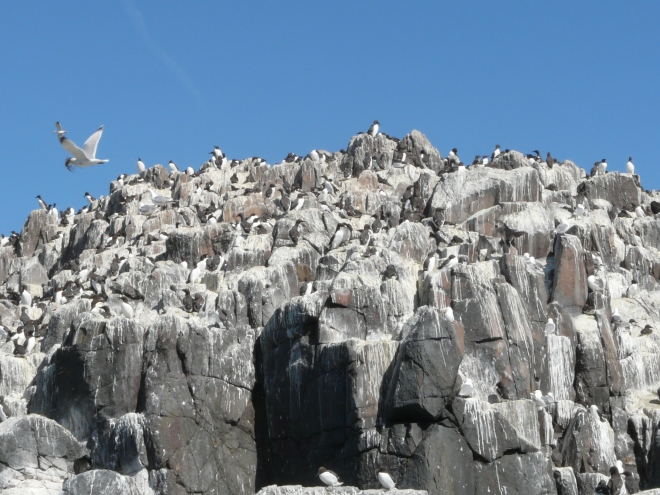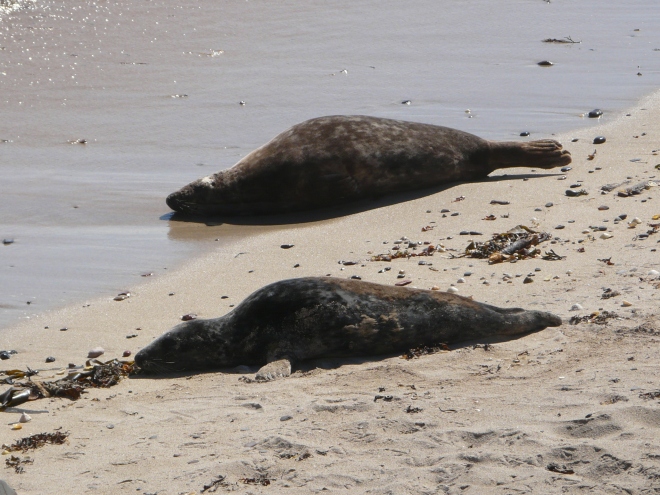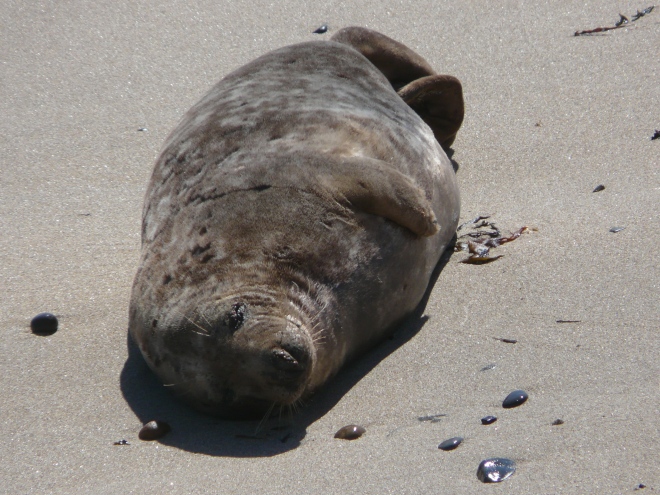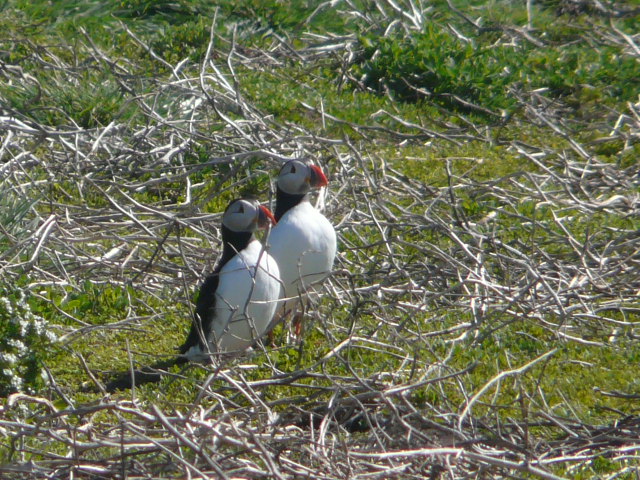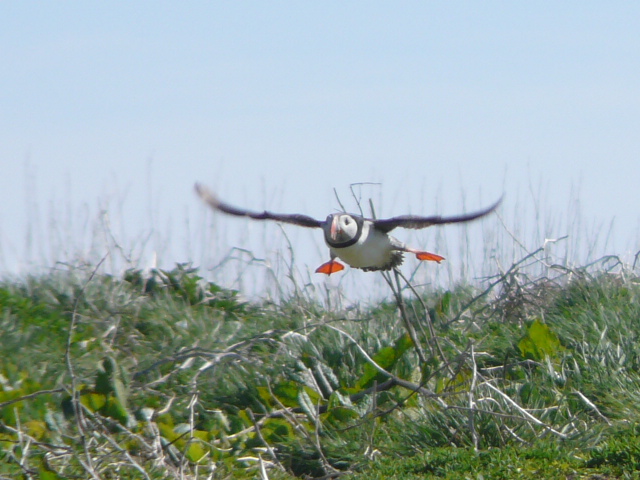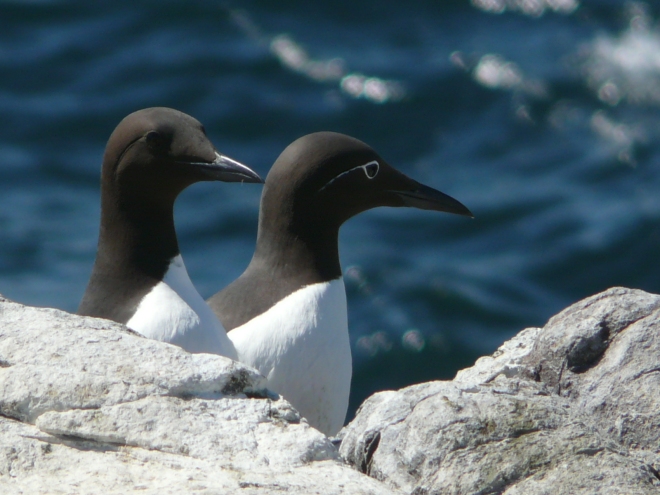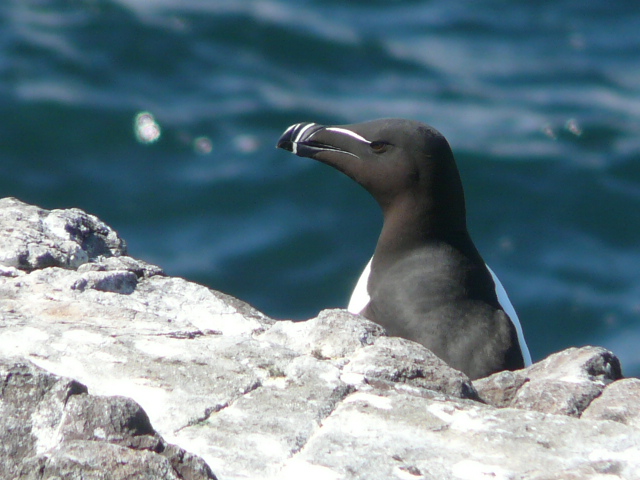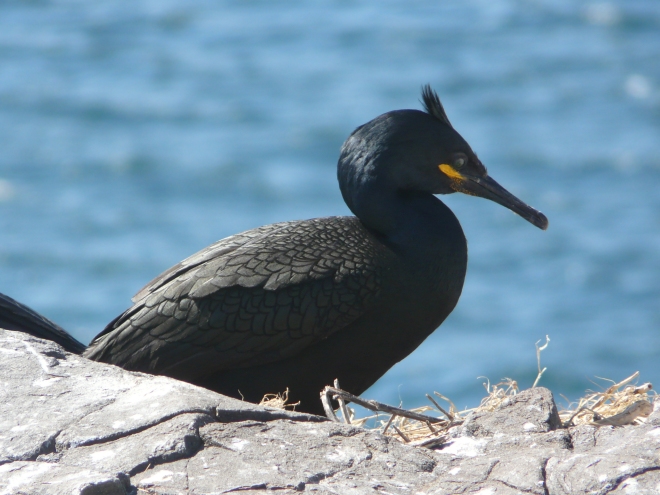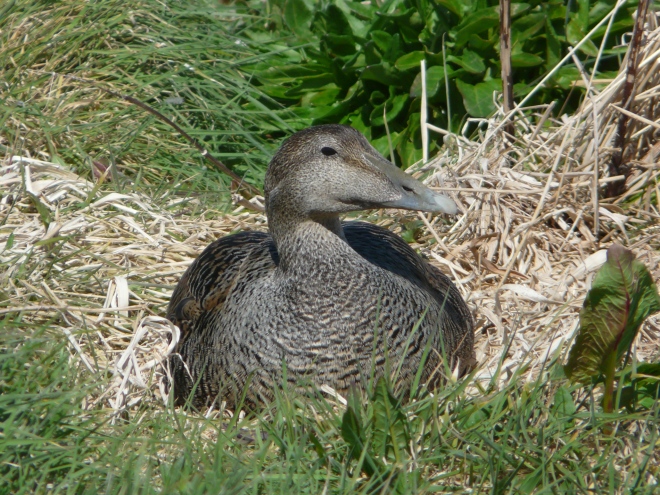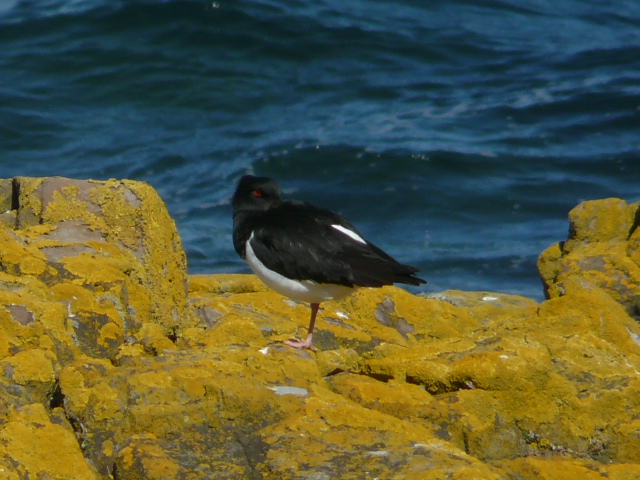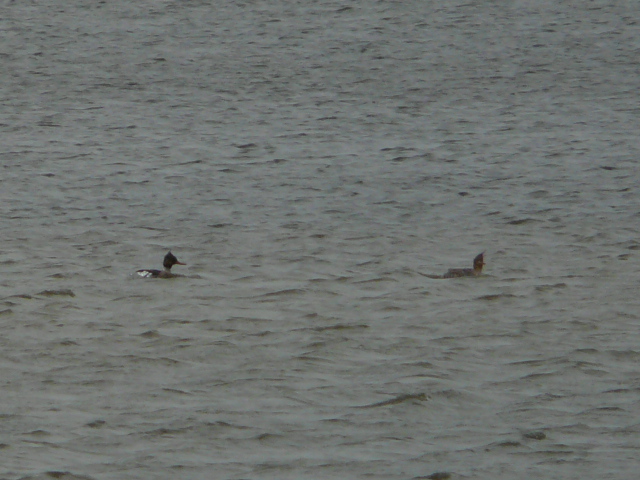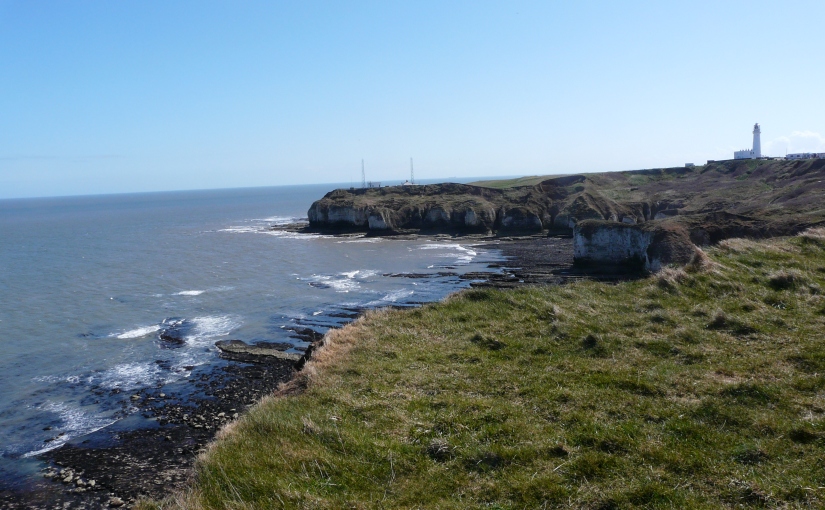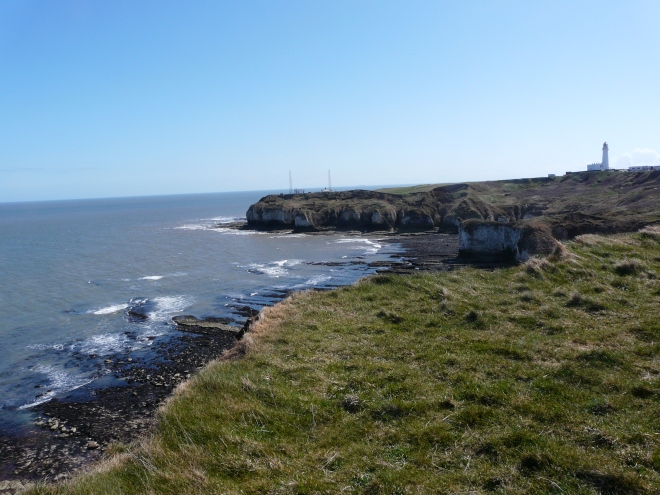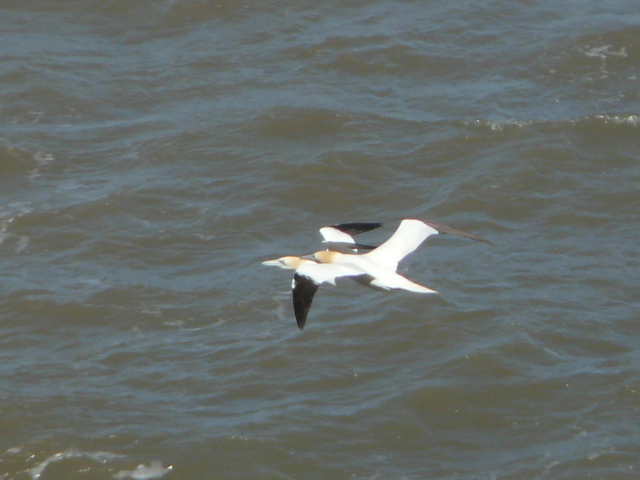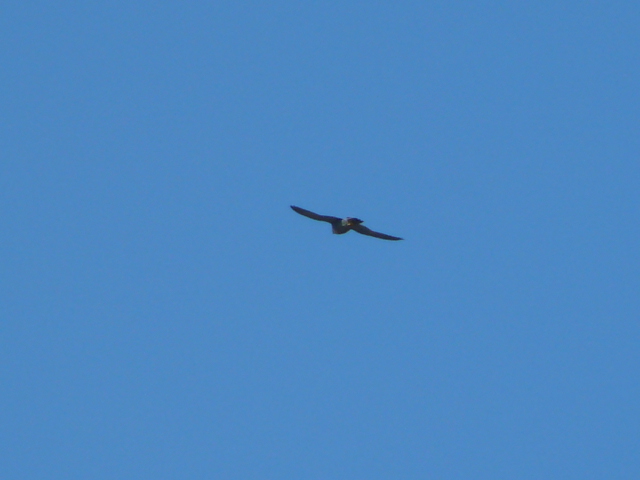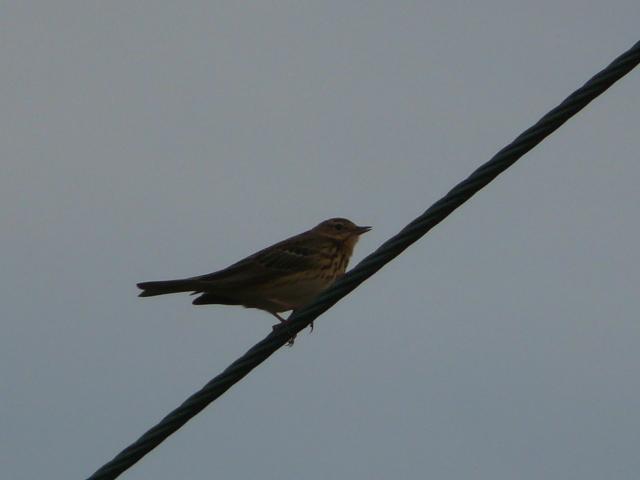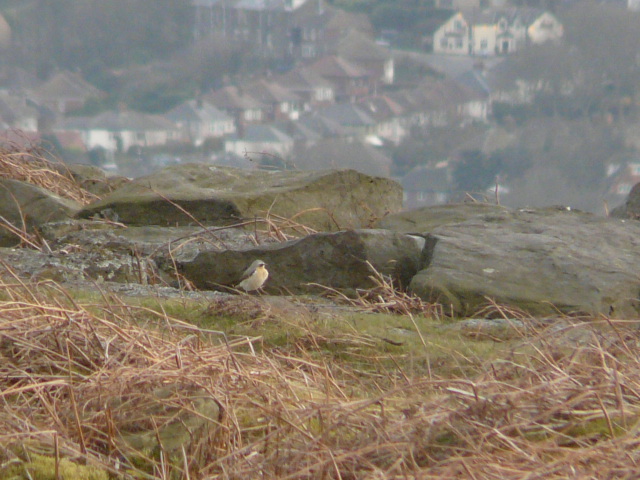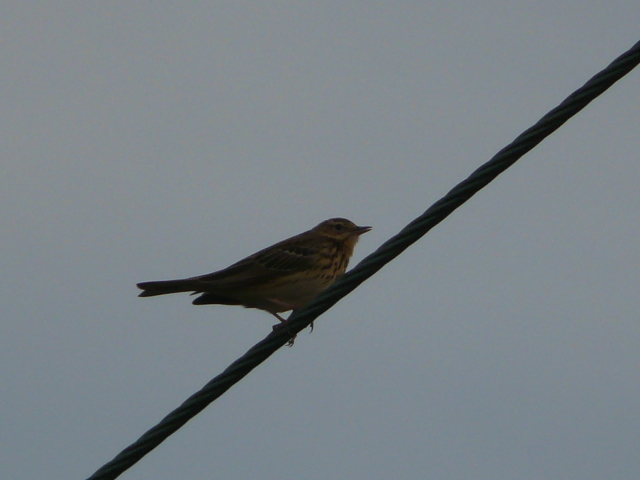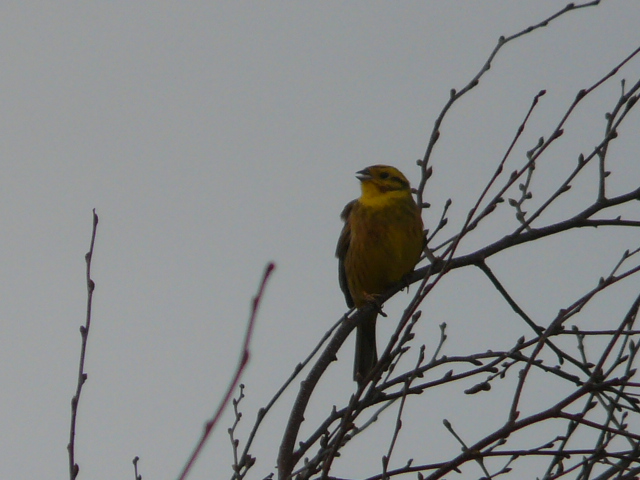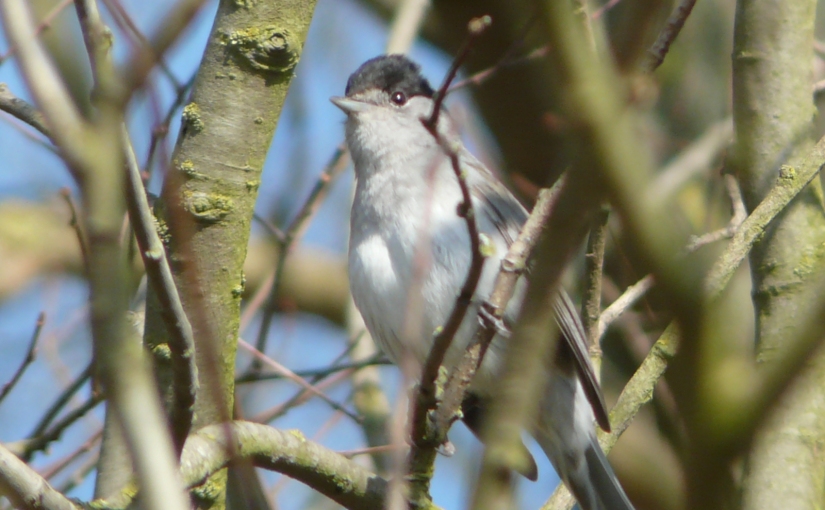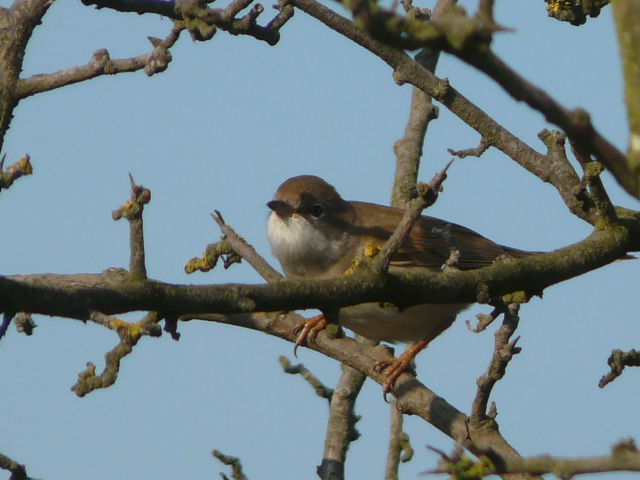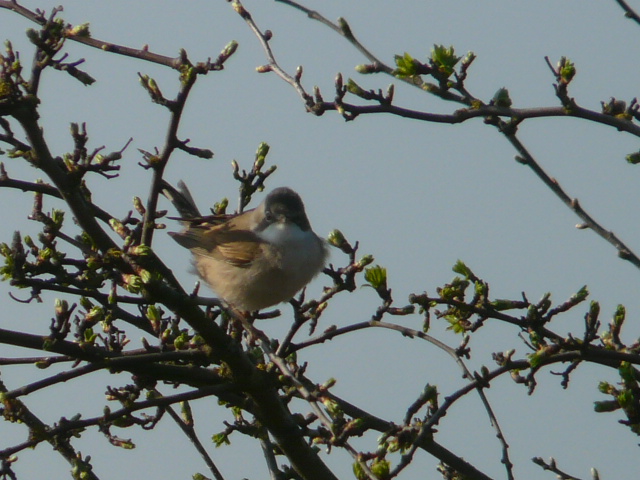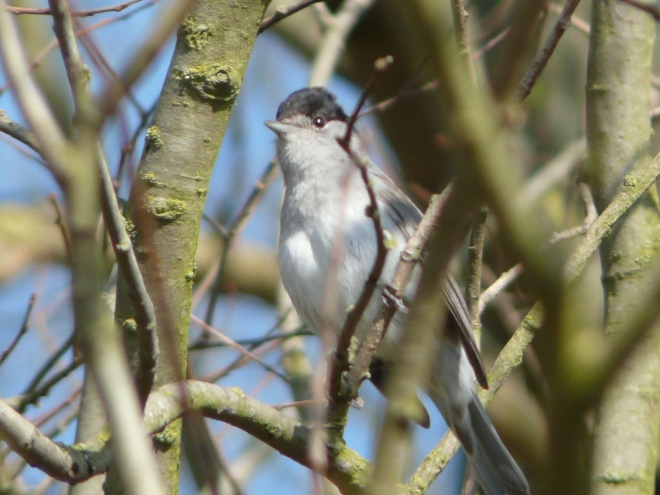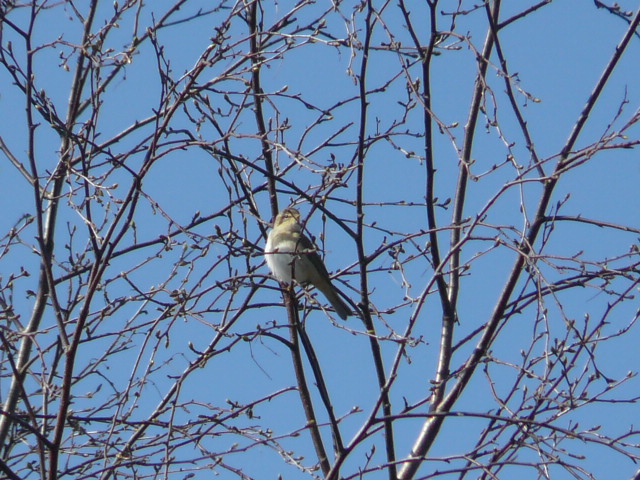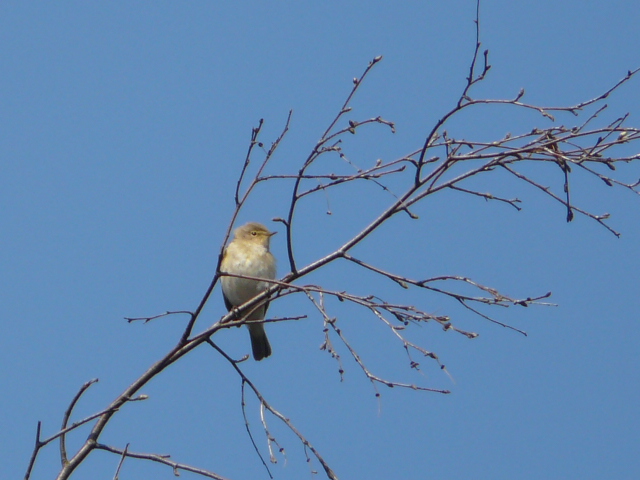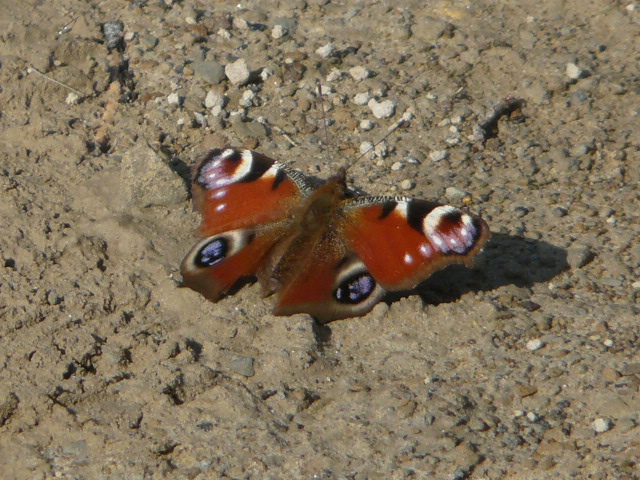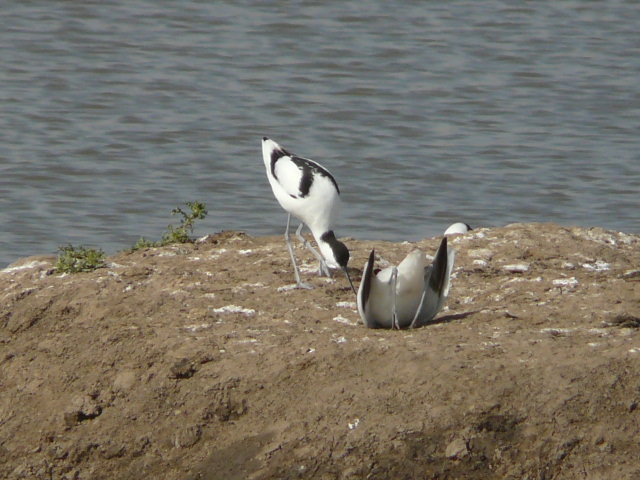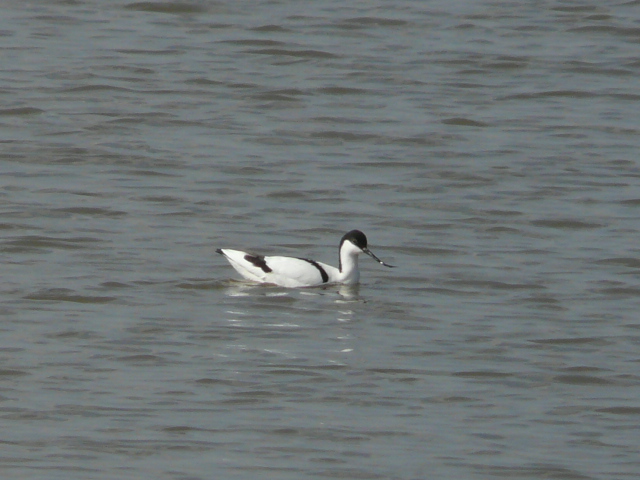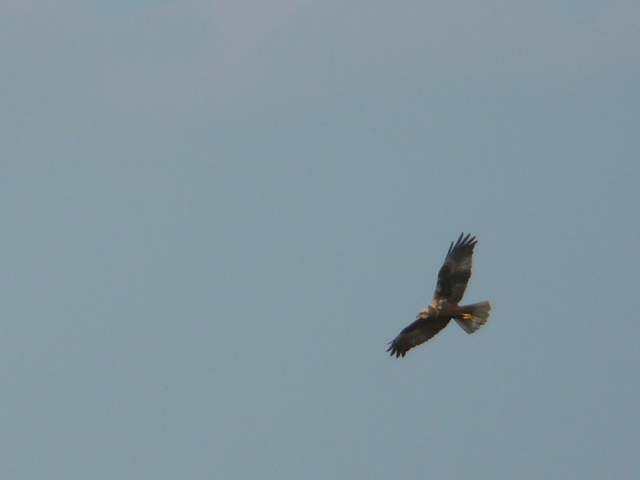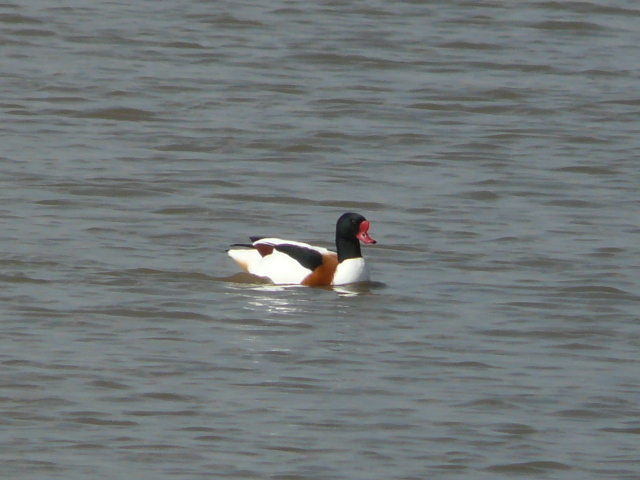My first blog update for a long time, but I came back from a long weekend wildlife-watching in Scotland last night, and it deserves a write-up!
Thursday
I started early with a train to Leeds, to meet up with Keith and Ken for the long drive. We belted up the country, with a stop in North Yorkshire for black grouse, which we got some scoped views of on the hillside, in a gorgeous spot that also gave us curlew, lapwing, snipe, golden plover, oystercatcher, grey partridge, meadow pipit, dunlin, red grouse and redshank among others.
The next stop off was way up over the border at Townhill Country Park for a long-staying ring-billed gull, but sadly we’d arrived the day it had decided to depart. We had to console ourself with some ticks for the day at the site, including cormorant, long-tailed tit and reed bunting.
Then it was straight up to the cottage in Newtonmore, where there was just enough light for an hour’s walk. The scenery here was stunning, with oystercatcher, lapwing, red-legged partridge and rook among the birds seen.
A quick look at a small loch in the town yielded a male goldeneye displaying to two females.
Newtonmore also has a ‘Wildcat Trail’, where there are many painted wildcats dotted around the town and surrounding countryside. The closest we would have to a chance of a wildcat!
Then we met up with the others who would be joining us – John, Jim, Mark and Graham – and had an early night in preparation for the next packed day…
Friday
We started the day with an early look round some likely-looking forest hoping for crested tit and capercaillie, but with no joy, with the only notables the first siskin of the trip, and some flyover crossbills (which we weren’t calling to species), and we consoled ourself with seeing caper droppings, if not the birds themselves.
The next step was Loch Garten, and passing through Boat of Garten on the way we passed a field of gulls and Keith noticed one with clear white wings. The other car in front had noticed the same bird, and we all pulled into a layby and walked back to see a stonking Iceland gull just before it took off with the flock. John, Jim and Mark had the same bird (or a different one?) on a nearby pond before we got to Loch Garten.
We got to Loch Garten and after a bit of initial confusion made it to the same car park. It was at this point we realised we’d timed it slightly wrong and the Eclipse was happening just as we’d entered a pine woodland! Luck was on our side and we got great views of the disappearing sun over the treetops.
We scanned the feeders for a while for crested tits, but only got coal, blue, great and long-tailed, plus chaffinch, treecreeper and great spotted woodpecker. Common toads were all around doing their courtship, and a very obliging red squirrel posed for photos.
Quizzing some RSPB volunteers we got an alternative site for crested tit near Nethy Bridge, so after another stake out of the feeders made that our next stop. This proved a great decision as we didn’t have to wait long at the feeders there for two crested tit to drop in, including one showing very well. We also picked up bullfinch for the trip list.
We followed this to a walk in a forest where Scottish crossbill can be found, but apart from a distant calling flock of crossbill sp., we didn’t have time to sit and give it the stake-out needed.
Next stop was Findhorn Valley for a raptor watch. Taking the winding path up gave us a grand feral goat eyeballing us from the roadside, and it didn’t take long to find a pristine white mountain hare on the hillside.
We parked up, and met up with Marcus, who would be showing us some sites that afternoon and Saturday. It was freezing and drizzly at this point, and I must admit I wasn’t expecting much, but I’m glad to say I was proved very wrong. It wasn’t long before eagles were spotted distantly over the hills, mobbed at various points by raven, peregrine and buzzard, and at one point two were interacting together, locking talons at one point. But which species?! Views were mainly silhouetted with little to go on in plumage. We flipped between ID… that’s definitely a white-tailed eagle… nah it’s definitely a golden eagle. It was only when the light changed and we began to see plumage details, and we realised different members of the group were on different birds, that the penny dropped that both species were present. The two birds together had been white-tailed, with at least one golden doing the rounds too. Amazing luck! (Vindicating us on our ID too was the guide in the next day’s pine marten hide, who had exactly the combination of birds at the site on Saturday).
Jim and Marcus stayed behind to photograph hares, and the rest of us gave the caper poo site another try, but with no luck (this was after a terrible bit of navigating from me took us over twenty miles out of the way after missing a turning, but at least we got some whooper swans on the way…). Also during our journey we picked up a crow that looked good for a hoodie, but was probably too dark and likely to be a carrion/hooded hybrid. Sadly we didn’t get chance to scrutinise it as it flew over the road. Back to base for some food, a couple of drinks and off to sleep in preparation for another packed day…
Saturday
The first stop on Saturday was another likely-looking capercaillie site, and some of us got a brief glimpse of a hen bird distantly flying into the trees, but sadly not Ken and Keith, Keith needing it for his life list.
The next stop was Lochindorb, and we spent time at a gorgeous spot full of red grouse, meadow pipit, oystercatcher and all the usual moorland birds, plus a few wigeon on the Loch. Parking a bit further on some of the group got on to a large diver, and we doubled back and got incredible views of a full summer plumage black-throated diver, catching a large trout and looking spectacular in the sunlight. One of the smartest birds I’ve ever seen.
Then up to Cairngorm. After a fairly knackering few days most of decided to wuss out and go to the restaurant viewpoint via the funicular railway, while Marcus, Jim and Graham walked the slope. It was absolutely heaving with skiers, snowboarders and sightseers, but this did not detract from the sheer spectacle of the mountain.
The target was, of course, ptarmigan. We scoped practically every rock and lump of snow on the mountain, turning up nothing but a few mountain hares and a single red grouse, before hearing news that the brave ones walking up had scored and were viewing them to a few metres. We were just discussing giving up our stake out and sneaking down the mountain when a ptarmigan flew across our view and gave us scoped views on the opposite peak. Not quite the views the others had got, but it would do for us!
Another quick look round woodland yielded no capers, and we went back to the cottage for a quick rest, which included a skein of whoopers over the cottage. Then it was off for a guided hide visit for pine marten near Loch an Eilien. We waited for almost three hours, at one point fearing we’d spent twenty quid each to watch some wood mice, but eventually a gorgeous male marten appeared, giving stunning views as it munched peanuts on the feeders in front of us. It was a shame no badgers turned up, but you can’t argue with views like that, even if the marten did keep us hanging! Birds added here too were woodcock and tawny owl.
Sunday
We made our separate ways, and had a quick look at the site where we’d seen the distant caper. This time I briefly saw one take flight, but sadly Keith and Ken didn’t get on to it in time – they were remarkably calm about this!
Others decided to go to Aberdeen for the harlequin duck, but we elected to cut out the 300 miles extra to the journey and head southwards. We stopped on the way at a site where the others had said they had black grouse by the roadside on the way up, and we must have driven past obliviously. We were amazed to see nearly twenty birds, some of them happily wandering around on the verge by the road. Compare and contrast with the picture at the top of this post!
We got news of a drake smew at Blair Drummond, and as it was almost on the way made a quick detour for it. A smart bird.
We realised at this point we weren’t very far from the Ross’s goose at Tullibody, and went to have a look, soon finding the bright white bird among the thousands of pink-footed geese present there. We lightly mocked the other carload for going for it on the way (Ross’s goose isn’t on the official British list due to birds’ dubious nature as probable escapes from captivity), but I’ll admit was a good-looking bird!
And from here it was a clear run over the border, stopping off at Leighton Moss on the way back to break the journey. Here we saw a few good birds, including avocet and marsh harrier, but best of all watched a rather obliging otter in front of the Lower Hide. A great end to the holiday.
And so it all ended, with six bird lifers for me, and three mammal lifers, and a great weekend all round in good company, stunning scenery and brilliant wildlife.
Full trip list
